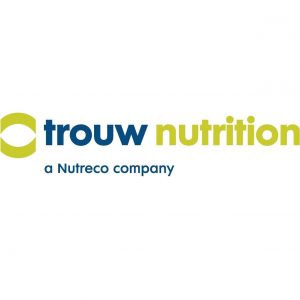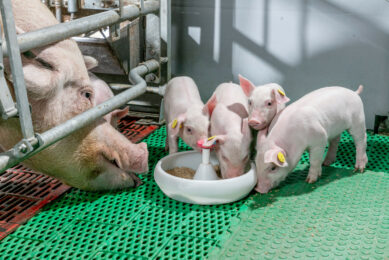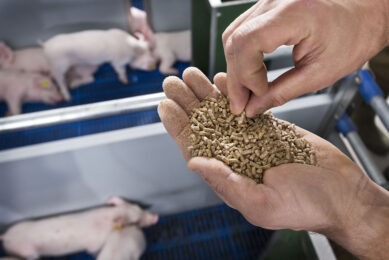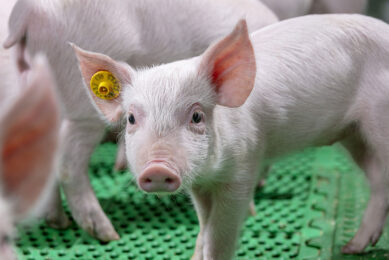Kinetics: a new label for protein and fibres
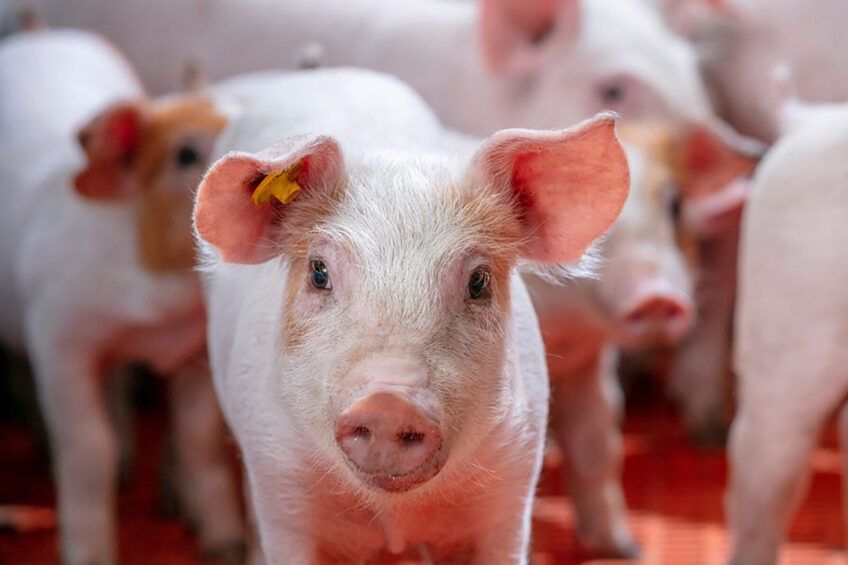
Digestion speed of protein and fibres, also known as “kinetics”, is a new metric in feed formulation. How can that knowledge help produce better and more flexible pig diets and even prevent post-weaning diarrhoea?
Feeding weaned piglets is challenging. This is because the weaning period comes with morphological and functional changes of the small intestine, where most nutrients are digested and absorbed. At the same time, there is the stress of relocation or grouping, and the diet changes from sow milk to solid feed. Sudden dietary changes and external stressors can lead to post-weaning diarrhoea (PWD), performance losses and mortality. During this critical time, stress should be prevented, and the diet should be formulated according to the right digestibility levels and kinetics.
Categories of kinetics
Kinetics entail information on how nutrients and fibres behave in the gastrointestinal tract. This information can be retrieved by simulating digestion and absorption in artificial gastrointestinal models in the laboratory. When talking about protein kinetics, the industry refers to when (and where) the protein is absorbed as soon as it reaches the small intestine. That is different from the concept of digestibility. For example, the overall digestibility of a certain protein source can be high. But if the amino acids are only slowly released in the hind part of the gut, the nutrients have limited availability for a young animal, which mostly relies on digestion in the first part of the intestines.
Based on kinetics, a distinction can be made between fast, slow and resistant protein. For fibres the same 3 categories apply (see Box). However, for fibre sources normally the term “fermentability” is used because fibres behave very differently from proteins.
Ingredient classification
Young pigs primarily need fast protein for fast growth. However, too much resistant protein can trigger PWD. In the case of fibres, young pigs need a combination of all three fibre sources for optimal health, gut development and performance. Fast fibre is known to stimulate beneficial bifidogenic bacteria and increase volatile fatty acid production. Fast fibres also reduce hindgut passage rate, preventing the risk of undigested protein causing digestive problems. Resistant fibre is a group of fibres that are not digested but have an important function in promoting gut health, reducing transit time and limiting fermentation. The fermentation characteristics of fibres and their beneficial effects on gut health vary widely based on type, form and physico-chemical properties, among other things. Protein kinetics depend on the protein source, the digestive capacity of animals and the state in which the protein enters the small intestine.
To measure and classify different protein and fibre sources based on their kinetic value, Trouw Nutrition developed Kinetio Technology. Based on an in vitro model that mimics all the steps in the gastrointestinal tract of newly weaned pigs, the technology has already labelled more than 200 (and counting) feed ingredients with kinetic information.
Kinetics in practice
By knowing the kinetic values of nutrients and fibres, swine nutritionists have an extra set of valuable information they can use to optimise pig diets. Using kinetics helps in the support of optimal pre-digestion in the stomach and helps maximise nutrient absorption in the small intestine and keep the amount of undigested protein in the large intestine as low as possible. This helps ensure a smooth weaning process without digestive problems. In some cases, using kinetics can help in the selection of more affordable ingredients or can change the inclusion levels of others. For feed companies, kinetic information is used to optimise and develop new piglet feeding concepts, tailored to specific challenges around PWD, growth performance and/or feed costs.
The power of kinetics has been shown in many studies. Trials by Trouw Nutrition showed that formulating with protein kinetics results in lower risk of diarrhoea (-25%), higher piglet performance (+10% ADG) and increased efficiency (>20%). Diets containing rapidly digestible protein sources, as well as resistant fibre, reduce scours in weaned pigs, similar to the use of a pharmacological dose of zinc oxide.
Formulation freedom
Protein is one of the key nutrients in swine diets, but also a variable and expensive one. In addition, an increase can be seen in fibres in monogastric diets, due to increased use of by-products. With kinetic values, swine nutritionists can now easily see in their feed formulation software if the protein source they want to use is quickly or slowly digested. It also allows them to balance for the right fibre sources. Making the right choices in formulation is of particular importance during the most critical period: weaning. Knowing the kinetic profile of ingredients leads to more freedom in formulation. It means nutritionists can rely less on the type of feed ingredient available and facilitates them formulating on nutrient value and kinetic value instead.


